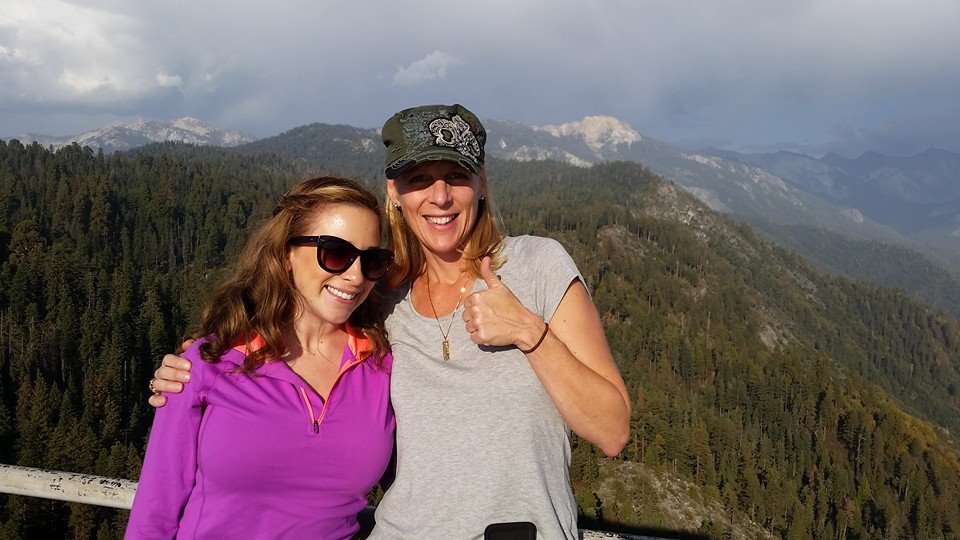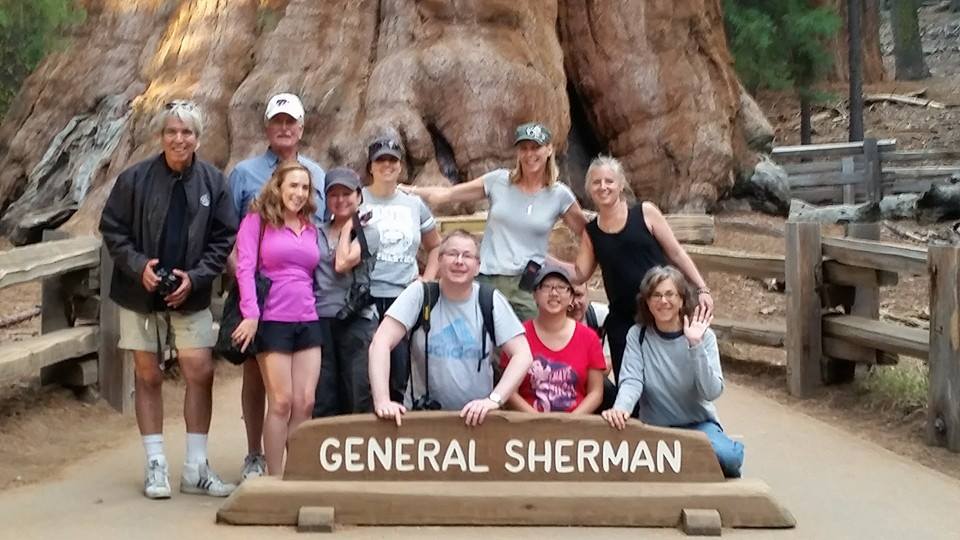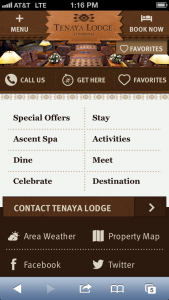This month, (W)right On President Julie Wright and Communications Strategist Erica Schlesinger led a group of six writers on a whirlwind adventure of Sequoia & Kings Canyon National Parks and Yosemite National Park. The media familiarization trip, or “fam,” was our second this year. Along with client partner Delaware North Companies Parks & Resorts, (W)right On’s hospitality public relations team executes spring and fall media fam trips to introduce writers from far and wide to the beauty of these national parks and lodgings like Tenaya Lodge at Yosemite, John Muir Lodge in Kings Canyon and Wuksachi Lodge in Sequoia.
The ladies of WOC’s hospitality PR team reached new heights at Sequoia’s Moro Rock
Media attendees included Cynthia Dial, a freelance writer who contributes to outlets including JustLuxe.com; Eddie Rivera, Living Section Editor at Pasadena Now; Anneli Rufus, Travel Editor at Oakland Magazine and Alameda Magazine and regular contributor to publications including the San Francisco Chronicle and Huffington Post; Dana Zucker, a writer at TravelingMom.com and owner/editor at TriWivesClub.com and Mom’s Good Eats; TerriAnn van Gosliga, a writer at Tourist Meets Traveler and founder of the lifestyle blog Cookies and Clogs; and Sarah Pittard, a writer at TravelingMom.com and owner/editor at SoloMomTakesFlight.com. Between their main publications alone, the guests reach close to 5 million readers each month.
Back row, left to right: Eddie Rivera, Kent Dial (husband of writer Cynthia Dial), Sarah Pittard, Julie Wright and Dana Zucker
Front row, left to right: Erica Schlesinger, Cynthia Dial, Frans van Gosliga (husband of writer TerriAnn van Gosliga), TerriAnn van Gosliga and Anneli Rufus
While past fams have drummed up great results in publications including VIA, Westways and city magazines as well as regional dailies and weeklies, this fall’s was uniquely successful in two specific ways – its social media engagement and the fact that WOC brought writers who lived not just out-of-state (Omaha, Nebraska), but out of the country (Toronto, Canada). The featured properties have accommodated a number of far-reaching writers on individual visits, but this was the first fam to host anyone not from “drive market” states like California, Nevada, Oregon and Arizona. It was a fantastic opportunity to expand reach and forge new connections. And, with a particularly social-savvy attendance base and the implementation of assigned hashtags, the fam secured 103 tweets, 112 retweets and 1,060 Instagram actions, to name a few key metrics. It was also amazing to see how many writers found a new side of themselves in the parks — take a look at how Anneli rediscovered her “Little Me,” Sarah got in touch with her inner nature rebel and Dana saw the beauty and tranquility she never knew she was missing.
From “roughing it minus the rough part” at the AAA Four Diamond Tenaya Lodge, relaxing in its LEED-certified Ascent Spa and dining in its upscale Embers Restaurant; to taking in the USA’s deepest canyon and getting a firsthand look at John Muir Lodge’s brand new look at Kings Canyon; to looking up, and up and up at the General Sherman tree – the largest living thing on earth – and marveling at the Sequoia stars… it was definitely a trip for all to remember.
Want to talk to Julie, Erica and the WOC team about achieving results like these for your properties? Connect at info@wrightoncomm.com or visit www.wrightoncomm.com to learn more.
![photo 4[2]](https://wrightoncomm.com/wp-content/uploads/2014/10/photo-42-e1414522143741.jpg)







 Grant Wright
Grant Wright





 Corie Fiebiger
Corie Fiebiger
 Shae Geary
Shae Geary Roman Lukjanenko
Roman Lukjanenko Phelan Riessen
Phelan Riessen Katrina Early
Katrina Early Hamish Marshall
Hamish Marshall